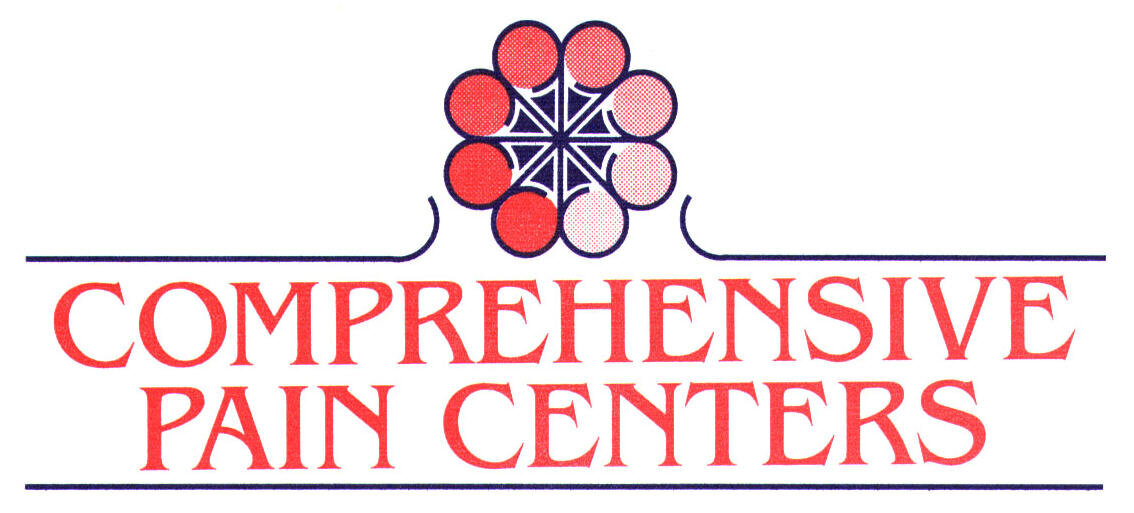How Is Medical Marijuana an Effective Treatment for Back Pain? Medical cannabis can be an alternative to traditional treatments. It is becoming an increasingly preferred treatment for patients with chronic back pain.
Read MoreAwareness should not end when treatment concludes. Unfortunately, even when treatment has concluded, and you are deemed “cancer free” there can be residual problems. If you are a breast cancer survivor and are experiencing what you believe to be chronic pain side effects, due to your treatment, talk to your doctor or schedule an appointment with a pain management specialist.
Read MoreAs we recognize World Mental Health Day, it is a good time to recognize the impact of chronic pain goes well beyond the physical aspects. There is evidence chronic pain is associated with mental disorders and substance abuse. Just as there is diversity among chronic pain patients the physical, mental and emotional toll on each is unique.
Read MoreSpinal stenosis is a narrowing of the spine. When the spine space decreases, this in turn puts pressure on the nerves passing through the spinal canal. Most commonly this is found in the neck and lower back.
Read MorePeripheral neuropathy has many potential causes. Diagnosis includes a physical exam, possible blood tests, and usually requires a full medical history. Your doctor will review your medical history, including your symptoms, your lifestyle, exposure to toxins, drinking habits and a family history of nervous system (neurological) diseases. Your doctor might also check your tendon reflexes, your muscle strength and tone, your ability to feel certain sensations, your posture and your coordination.
Read MoreShingles is a fairly common infection of the nerves. It usually occurs on one side of face or body. It presents as painful blisters or a rash. Early signs of shingles can be burning or shooting pain, tingling and/or itching. The pain can persist after the rash is gone.
Shingles occurs mainly in people over 50 years of age, with weakened immune systems, due to a reactivation of the chickenpox virus. This virus can sit dormant in the nerves for many years.
Read MoreElectricity, mainly from electric fish, was used for thousands of years to treat pain and other conditions. The modern era of neuromodulation began in the early 1960s, first with deep brain stimulation which was soon followed (in 1967) by spinal cord stimulation, both for otherwise intractable pain. Spinal cord stimulation is now used for many different problems in pain symptomatology.
Read MoreDiscs are gel cushions between the vertebrae raise that allows us to do different movements such as twisting, turning, and bending. This gives us the ability to move our back slowly. Pressure on the spinal nerves will send painful signals to the brain.
Read MoreAbout 80% of people will suffer from back pain at a time in their lives. Back pain can be caused by any mechanical or non-mechanical reasons. Sports injuries, accidents, simple movements, arthritis, poor posture, obesity, and stress are just a few of the potential causes of back pain
Read MorePain pumps have been used since 1981 , initially for cancer pain, they are now widely used for severe pain of non-cancer-origin in patients with normal life expectancy. Such pumps have developed from patient-activated bolus devices and constant infusion systems to complex programmable units.
Read MoreAs pain doctors, we know each person’s pain is unique. This means their treatment plan should be, too. This year, with this theme, we recognize the vital importance of an individualized, multidisciplinary, multimodal approach to pain care.
Read MoreA common misconception of pain treatment is that chronic pain should be treated solely by a psychiatrist or psychologist. This is simply not true. The treatment of chronic pain should be a team approach, with everyone working together to help the patient take back as much of their life, physically and mentally, as possible.
Here is a helpful article about the roles of psychology and pain.
Read MoreChronic pain is so difficult to diagnose. Often it is a process of trial and error, testing and continually trying to describe your pain. But how do you explain pain to your doctor, in order to help them understand how your pain is different?
Medical history — injury, treatment, procedures — can only tell a doctor so much about the pain you should be experiencing. But, with chronic pain, the pain is different…and hard to explain concisely. Yet it is incredibly important that you describe the pain as accurately and descriptively as possible.
Read MoreThere are over 3 million cases of chronic pain in the United States each year. So what exactly is pain? Pain is defined as acute or chronic. Acute pain can be a sudden, mild pain that lasts only a moment or it can be severe pain that resolves over a few weeks or a few months. Chronic pain is continuous pain that lasts longer than 6 months. The key is that acute pain is pain that goes away, chronic pain usually does not.
Read MoreA pain management specialist works with you to develop an individualized management and treatment plan for your pain condition.
Read More














